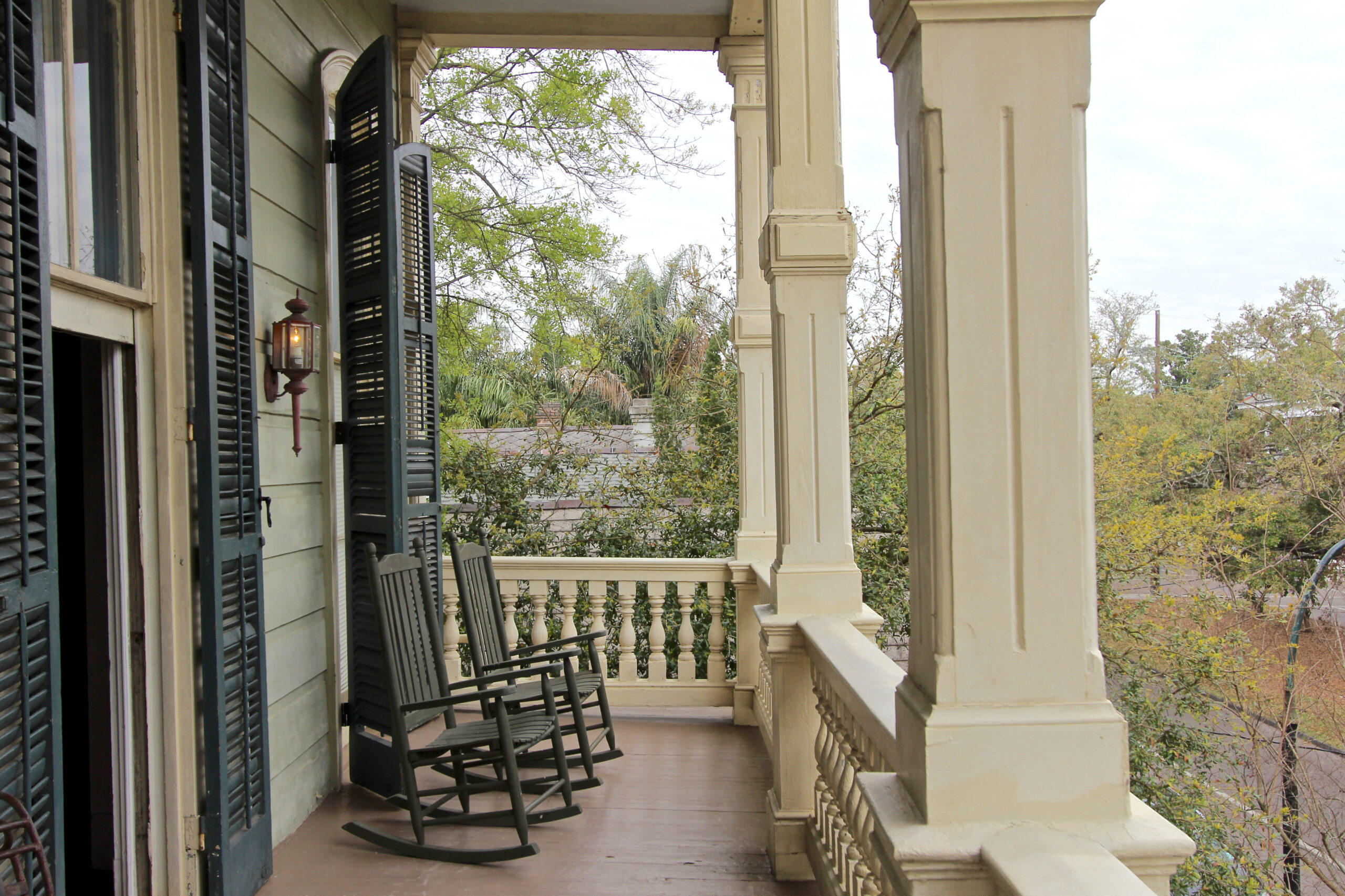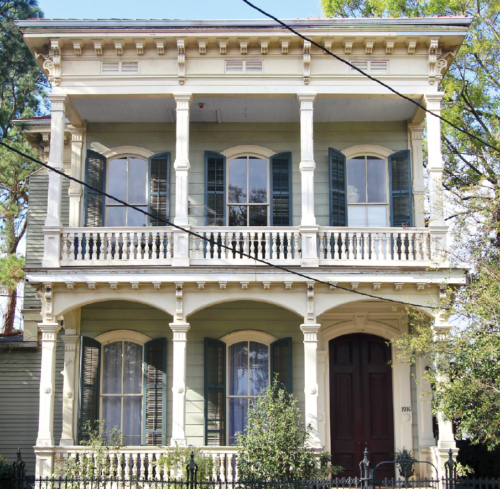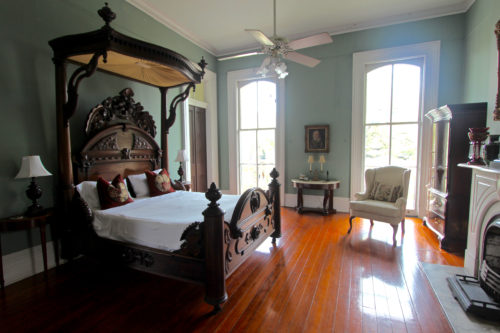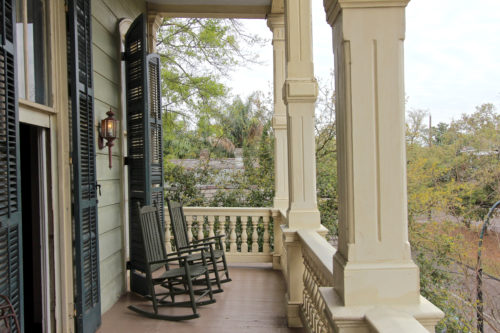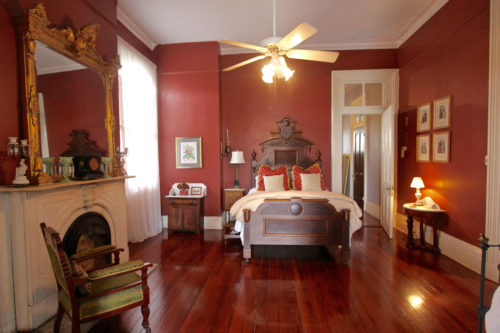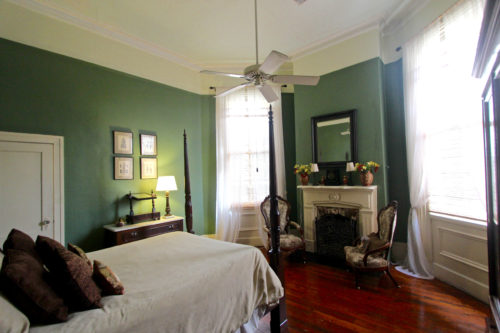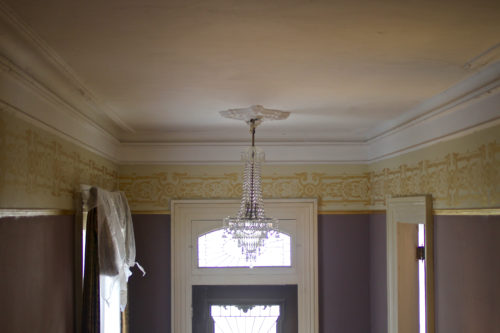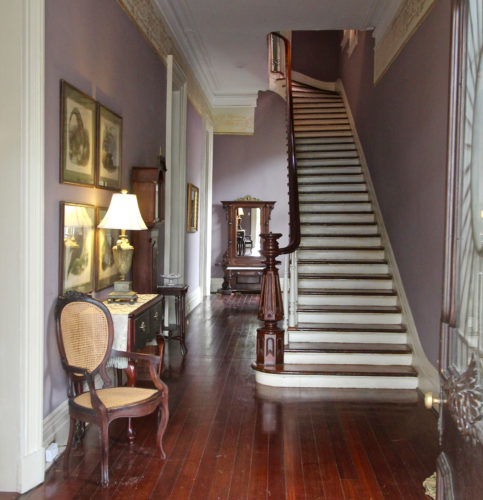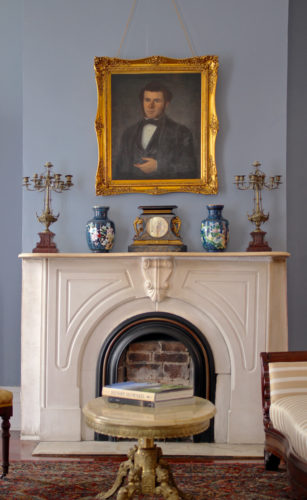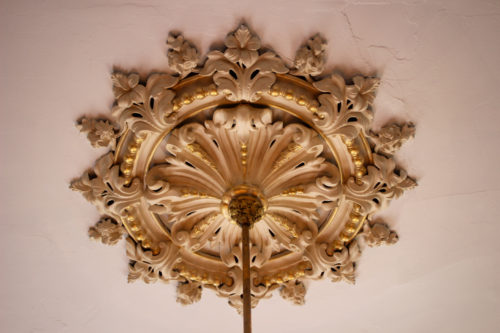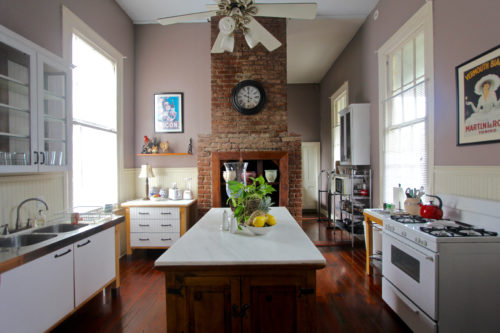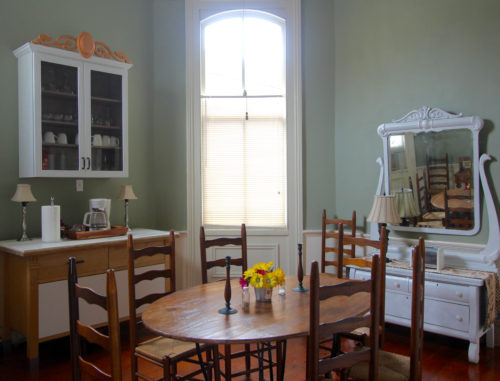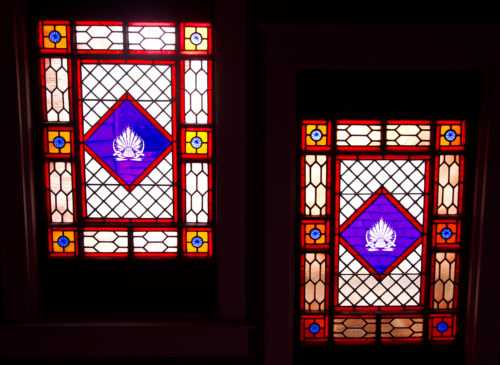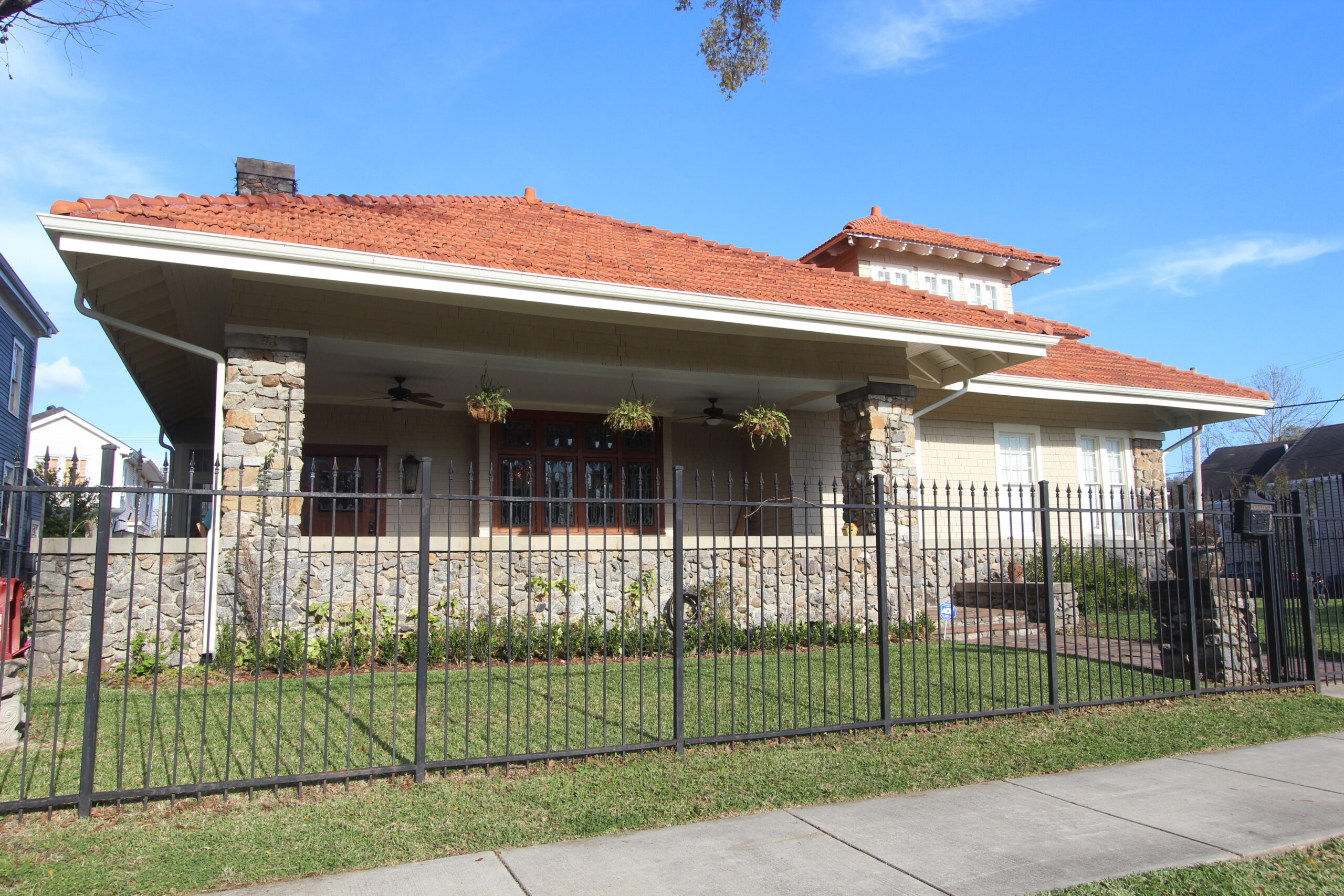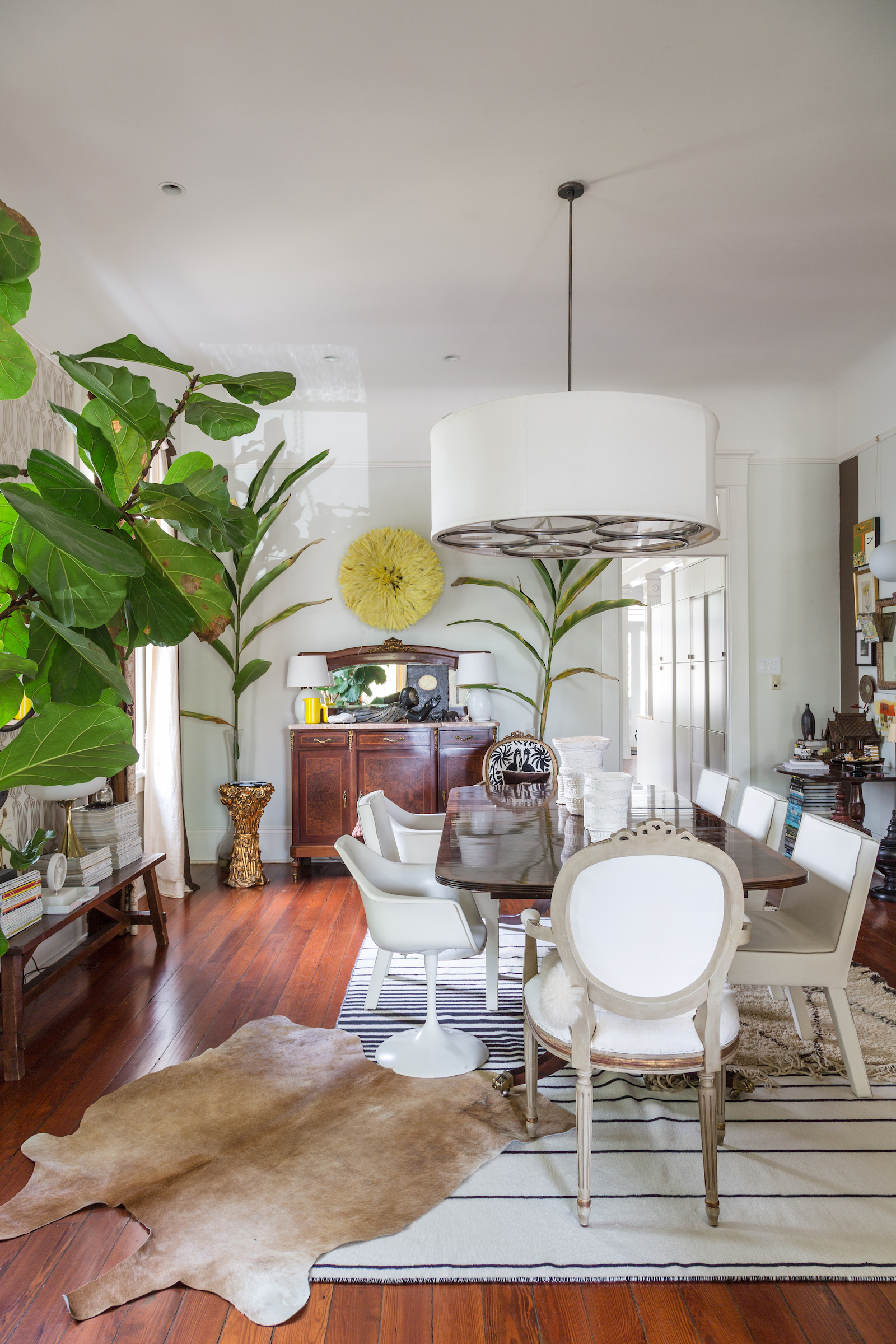New Orleanian Tom Gandolfo has loved the ornate manses designed by 19th-century architect Henry Howard that dot the city since he was a child. He grew up with visits to Howard masterpieces such as Madewood Plantation in Napoleonville, and other grand homes such as the main house at Oak Alley Plantation. “I decided, ‘One day, I’m going to get a house of my own and save it from destruction,’” he said. “It stuck with me my whole life, and ended up coming true.”
Gandolfo was house hunting in 2004 and, facing high real estate prices in Uptown and the Garden District, decided to consider other areas of town. His Realtor suggested they look at the Tete House at 1917 Esplanade Ave., the last Henry Howard home built before Howard’s death. “The minute my Realtor brought me here, I thought, ‘Wow, this is the house,’” he said. “I knew the house — I had seen it driving up and down Esplanade and thought it was incredible.” He was sold on entering and seeing the sweeping staircase in the front hall — despite the fact that the hall was painted canary yellow at the time.
It took vision for Gandolfo to picture what the 6,400-square-foot, seven-bedroom house could be. It was split into four apartments (and had been seven at some point), with extra walls and kitchenettes throughout the home, butchering the original floorplan, and appalling paint decisions masking its glory, such as whole rooms — including moldings, door and window trim and even marble fireplace mantels — painted fire engine red or deep blue. The upper and lower front balconies were rotted, and the columns had to be reset.
Gandolfo quickly became consumed by his new home. He obtained its original architectural plans from The Historic New Orleans Collection and set to work reestablishing the residence as the single family home Howard had designed. Though he had unlimited motivation and energy, Gandolfo did not have unlimited funds, so he did much of the work himself. Growing up as one of 10 siblings in a family that built several homes from scratch, Gandolfo is experienced in the building trade. And what he didn’t know, he learned. In the front parlor, he demolished a non-original wall separating the front two rooms, and, after learning how to work with plaster, he created an ornate plaster archway, replicating the one seen on the home’s original plans. He stripped layers of paint and wallpaper in every room and painted and stenciled them with period-appropriate colors and patterns. He replaced a missing Tiffany stained glass window original to the home with two beautiful stained glass windows he found in New York, enlivening an already gorgeous wooden staircase. He sourced light fixtures and furniture from auctions and sellers around the country similar to what the home would have held when it was built in 1882.
Some of the work had to be done by professionals, of course. The rear of the home had a termite-eaten sill that needed replacement, and two piers needed to be rebuilt. The home also suffered about $100,000 worth of damage in Hurricane Katrina.
Gandolfo lives and breathes 1917 Esplanade Ave. — “I haven’t had a vacation in 15 years,” he said. He spends most nights working on some aspect of the house, sometimes literally falling asleep on the floor with a paintbrush or tool in his hand. “My experience with this house has been an amazing one, and every moment I spend here is a treat in many ways,” he said. But, he continued, it is time to rest. Gandolfo has decided to list the home for sale, even though the mere thought of it fills him with anxiety. “It’s not done!” he said. “But hopefully I’ll pass it on to someone who will continue the effort.”
Photos by Liz Jurey



